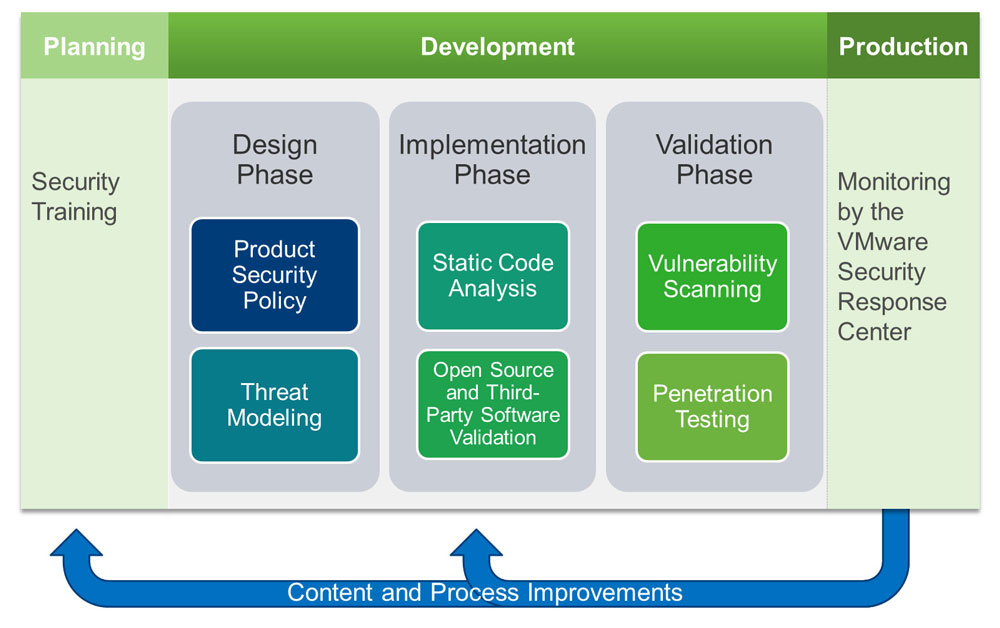The SPLC vs. SDLC: Understanding the Differences and Why They Matter
Learn everything you need to know about the Secure Product LifeCycle (SPLC), including its phases, its differences with the Software Development LifeCycle (SDLC), and how to implement it in your own product development.
Dec 10, 2022 by Nicolas Béguier
SPLC Phases
The SPLC has six phases:
- Planning: In this phase, the product team defines the security requirements and design objectives for the product. This includes identifying potential threats and vulnerabilities, as well as determining how to mitigate them. The planning phase also involves creating a security plan that outlines the steps to be taken to ensure the product's security throughout its life cycle.
- Design: In this phase, the product team designs the product's security features and mechanisms. This includes selecting the appropriate security technologies and implementing them in the product's design. The goal of this phase is to ensure that the product is secure by design, and that security is integrated into every aspect of the product.
- Implementation: In this phase, the product team builds the product according to the security design. This includes writing code, testing the product, and integrating it with other systems. The goal of this phase is to ensure that the product is secure and functions as intended.
- Verification: In this phase, the product team verifies that the product meets the security requirements and design objectives. This includes testing the product's security features and mechanisms, as well as conducting a security audit to identify any potential vulnerabilities. The goal of this phase is to ensure that the product is secure and ready for release.
- Release: In this phase, the product is released to the market and made available to customers. This phase also involves providing ongoing support and maintenance for the product, including security updates and patches.
- Retirement: In this phase, the product reaches the end of its life cycle and is retired. This involves decommissioning the product, disposing of it in a secure manner, and transferring any remaining assets or data to a new product.

Differences with SDLC
The SPLC and SDLC are similar in many ways, but there are also some key differences. The main difference is the focus of each process. The SDLC focuses on the development of software, while the SPLC focuses on the security of a product. This means that the SPLC includes additional phases, such as planning and verification, that are not present in the SDLC. In addition, the SPLC puts a greater emphasis on security throughout the entire life cycle of the product, while the SDLC focuses mainly on the development phase.
Another difference between the SPLC and SDLC is the level of detail and rigor. The SPLC is a more detailed and rigorous process, as it involves a greater number of phases and more thorough security testing. This is necessary because the security of a product is critical to its success, and any vulnerabilities or weaknesses can have serious consequences.
For more information about splc and sdlc, see the following resources: